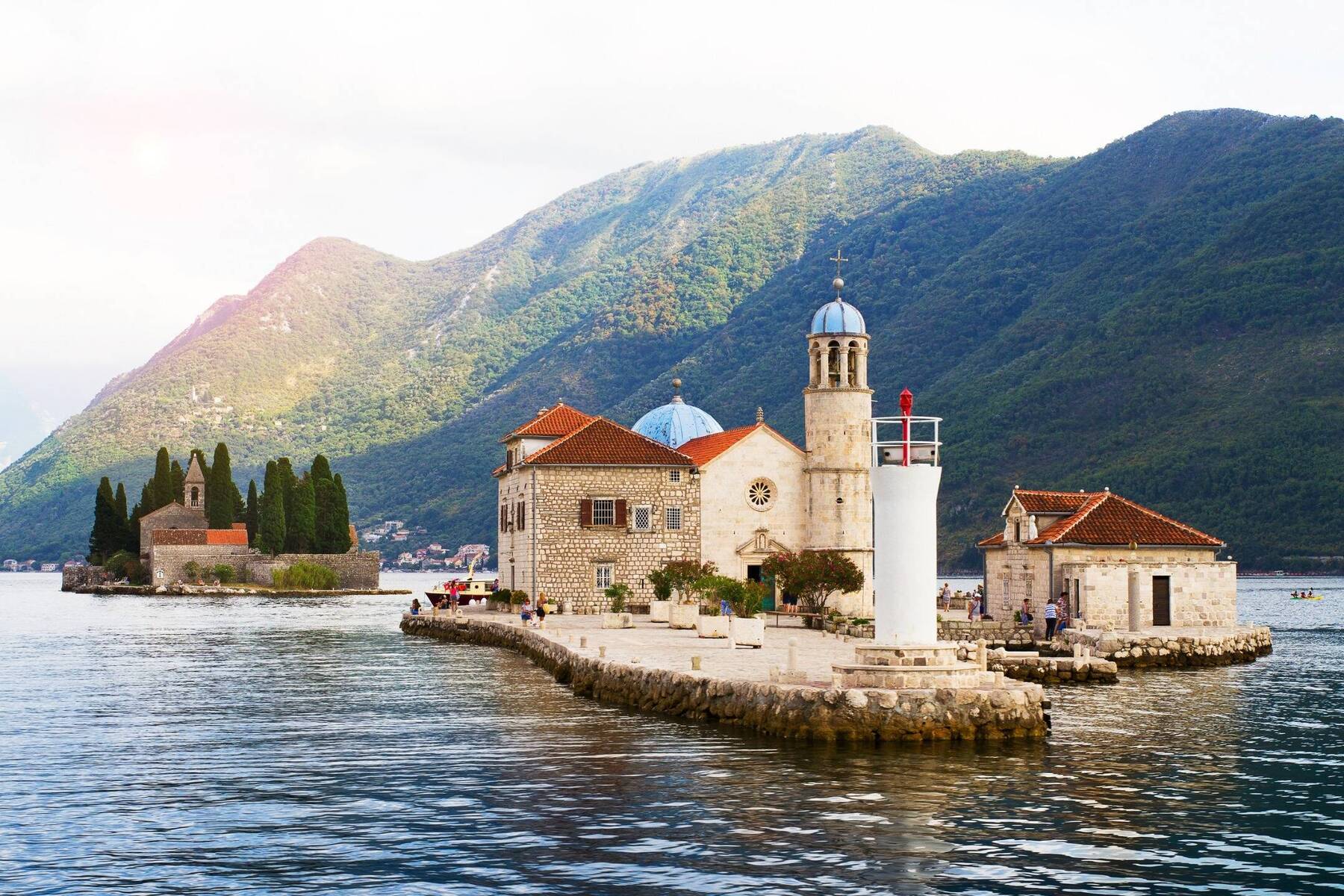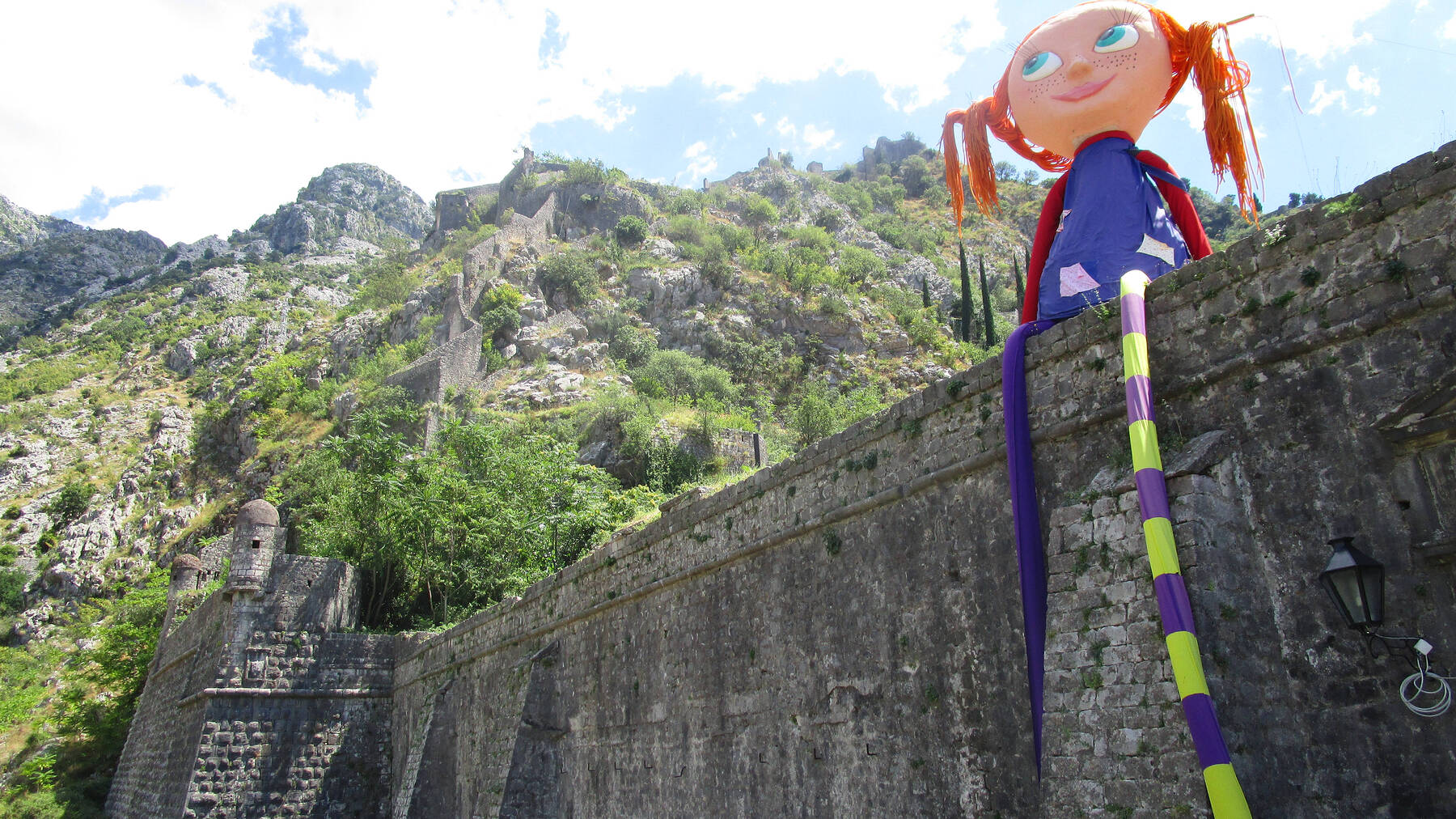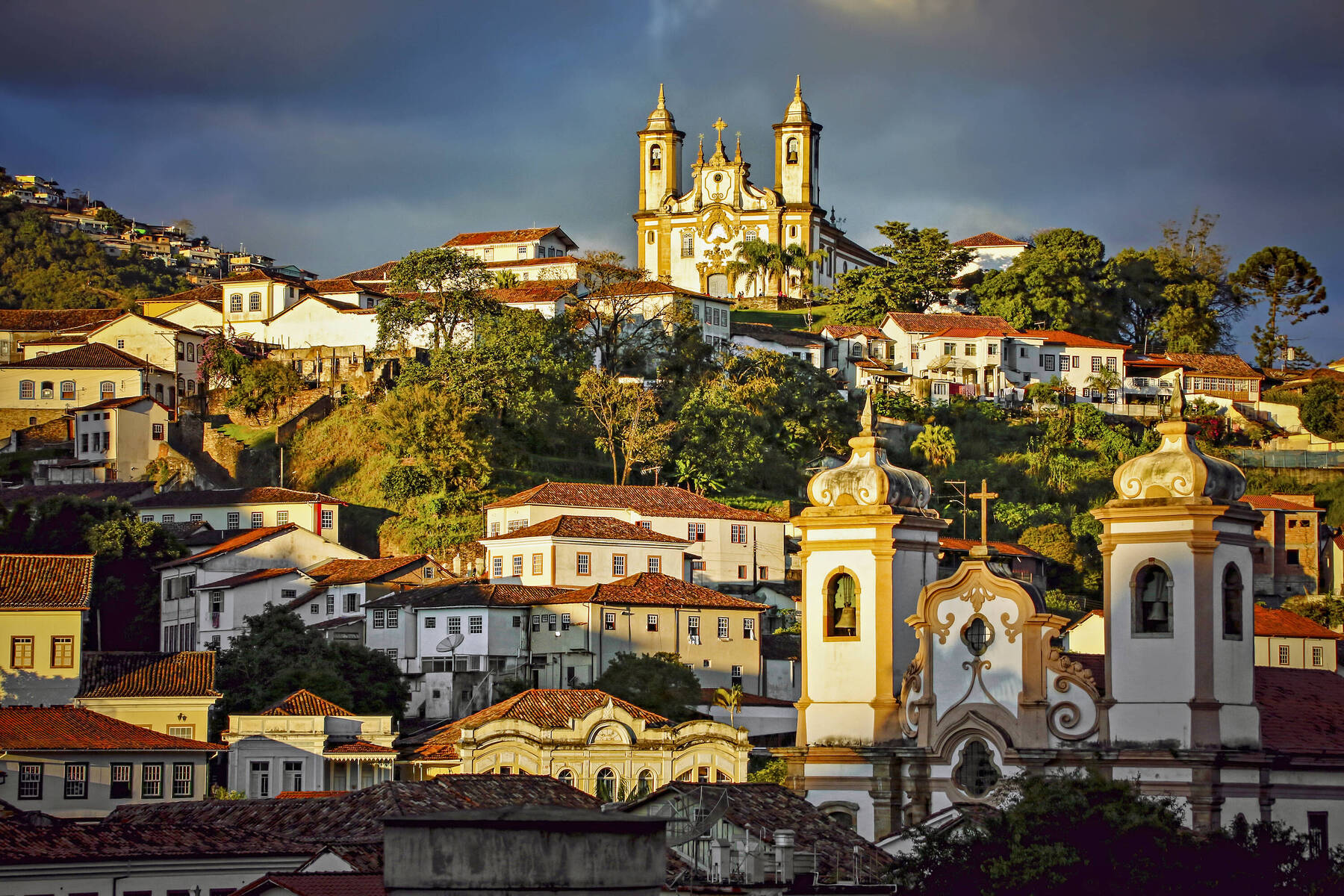The Bay of Kotor
The city of Kotor sits on the shores of The Bay of Kotor, an extension of the Adriatic Sea, and it shares its name with the surrounding region of seaside villages and towns. Drive on what is mostly narrow winding streets encircling the bay and up and down hills to take in one charming, historic locale after another. Some of the most enchanting stops are Dobrota, Perast, Prčanj and Tivat (home of the luxurious superyacht marina, Porto Montenegro). Weather permitting (the “summer” season is late spring through autumn) Speedboats and yachts are popular modes of transportation, weather permitting, offering views exclusive to the bay and dock and dine experiences at fantastic restaurants. Though staggering beauty abounds, it’s Stari Grad Kotor (“Old Town Kotor”) that steals the show. The walled medieval city is a stunning presence deep inside the bay. Enter the city on the riviera side and saunter across its walls, then exit via a bridge, rushing moat waters and all. Enter the walled city again to get lost in a maze of stone buildings and stone streets, passing square after square of churches, restaurants, cultural centres, historic sites, palaces, private homes and more.















Comments